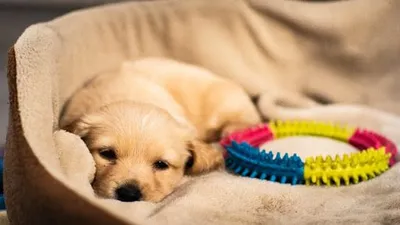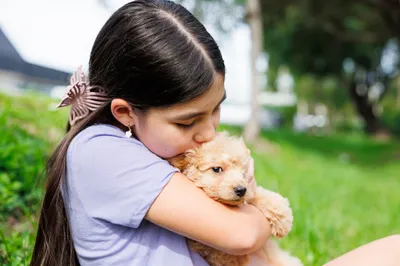Bringing home a new puppy is an adventure filled with excitement and joy. Puppies, with their boundless energy and adorable antics, can brighten up any home. However, this also marks the beginning of an important phase: training your puppy. Proper training is crucial for integrating your new furry friend into your family and ensuring they grow into a well-behaved adult dog. Let’s dive into some expert tips for effective puppy training.
1. Start Training From Day One
The moment your puppy steps into your home, training begins. It’s important to remember that every interaction you have with your puppy is an opportunity for training. Early on, avoid encouraging behaviors that might become problematic in the future, such as jumping up on people or nipping. Setting the right tone from the start is key to successful training.
2. Constant Supervision and Confinement
Puppies are naturally curious and can easily get into mischief. To prevent accidents and unwanted behavior, keep a close eye on your puppy at all times. When you can’t supervise them directly, confine them to a safe, puppy-proofed area or use a leash to keep them nearby.
3. Crate Training and Mealtime
Crate training is a fundamental aspect of raising a puppy. Feeding your puppy in their crate can help them form positive associations with it. Start by closing the crate door only while they’re eating and gradually increase the time they spend in the crate after meals. Remember to progress with crate training in small, manageable steps.
4. Comfortable Bedtime Routine
The first few nights can be stressful for a puppy in a new environment. Make their sleeping area cozy with a comforting stuffed anima. Keeping the crate close to your bed initially can also help soothe nighttime anxieties.
5. Establish a Routine
Puppies thrive on routine. A consistent schedule for meals, potty breaks, playtime, and rest is essential for effective training, particularly for potty training. Pay attention to your puppy’s natural habits and build a routine that accommodates their needs.
6. Gradual Expansion of Access
Limit your puppy’s access to the entire house initially. Gradually allow them access to more areas as they learn to avoid accidents in their primary space. This approach helps in house training and prevents overwhelming your puppy with too much space to explore at once.
7. Recognizing Potty Signs
Observe and learn your puppy’s body language that signals they need to go potty. Identifying these signs early on will help prevent accidents and aid in quicker house training.
8. Setting Up a Potty Station
For times when you’re away, set up a designated area with a potty pad and their crate. This helps maintain a consistent potty training routine even when you’re not home.
9. Bite Inhibition Training
Teaching your puppy not to bite is crucial. Puppies naturally explore the world with their mouths, but it’s important to teach them the appropriate force of their bite and redirect them to suitable chew toys.
10. Early Socialization
Introduce your puppy to various environments, people, and other pets to ensure they grow up well-adjusted and confident. While balancing this with their vaccination schedule, make sure to expose them to new experiences safely.
11. Integrating Training into Daily Life
Incorporate training into your everyday routine. Simple commands like ‘sit’ and ‘stay’ can be practiced during daily activities, making training a natural part of your puppy’s life.
12. Transitioning from Treats to Rewards
Initially, use treats generously to reinforce good behavior. As your puppy learns, gradually reduce the frequency of treats and introduce other forms of rewards like praise or playtime.
13. Consistent Positive Reinforcement
Positive reinforcement is the foundation of effective puppy training. Reward desired behaviors with treats, praise, or play. Avoid using punishment, as it can lead to confusion and fear.
Training Milestones by Age
-
Eight to Ten Weeks: Focus on crate training, potty training, socialization, and basic commands like ‘sit’.
-
Ten to Twelve Weeks: Continue socialization, introduce chew toys, and begin teaching more advanced commands.
-
Three to Four Months: Expand on leash training and continue socializing in new environments.
-
**Four to Six Months: ** Refine leash manners and continue training on more complex behaviors.
Conclusion
Training a puppy requires patience, consistency, and a lot of love. Remember, every puppy is unique and will learn at their own pace. Celebrate small victories and enjoy the journey of growing together. With dedication and the right approach, your puppy will grow into a well-behaved and beloved member of your family.


